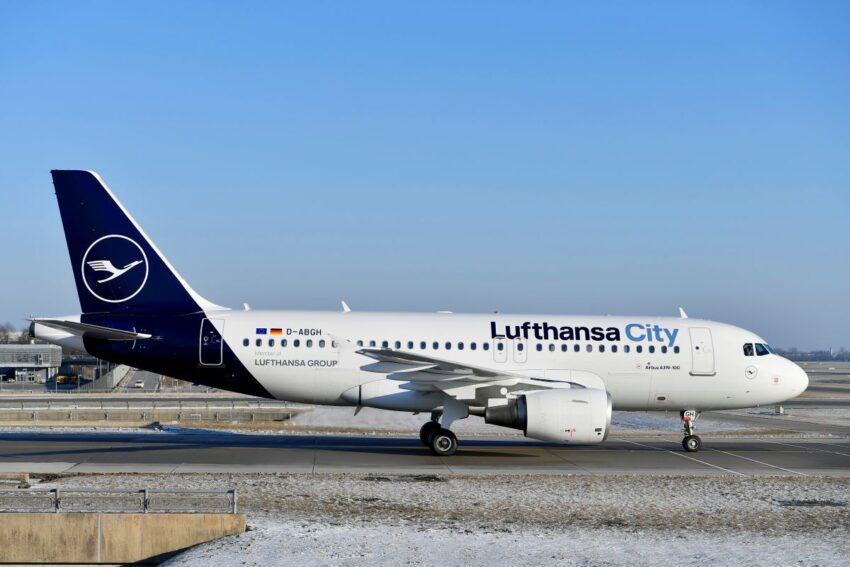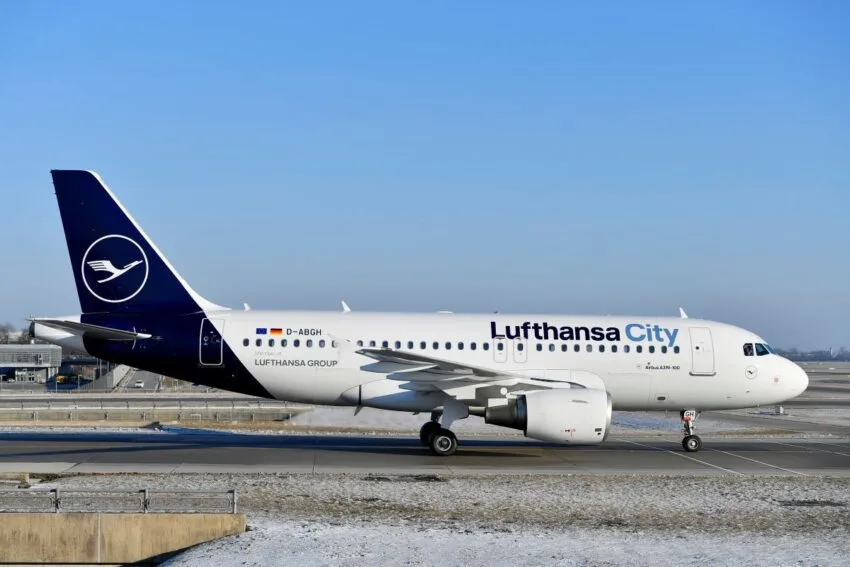
Lufthansa Group’s “Matrix Next Level” Restructuring marks a bold step into a new era of centralized operations in air travel across Europe. With the aviation landscape constantly evolving, Lufthansa is reshaping its internal structure to streamline decision-making and enhance efficiency. This ambitious restructuring plan will centralize critical functions such as network planning, sales, and loyalty programs at the Group’s Frankfurt headquarters. Subsidiaries like SWISS will focus on onboard services but lose some control over broader strategic decisions. By consolidating power, Lufthansa aims to increase profitability and improve customer satisfaction across its extensive network. While the initiative promises greater efficiency and a more cohesive approach, it has sparked concerns among subsidiaries about losing their autonomy. As the industry prepares for this shift, the Matrix Next Level restructuring could set a precedent for how airline groups adapt to market demands and operational challenges.
The Centralization Plan
The restructuring plan, revealed through an internal paper leaked to Handelsblatt, highlights a major shift towards a more centralized structure. Lufthansa Group intends to bring core functions such as network planning, sales, and loyalty programs under one roof, in a bid to enhance operational efficiency and streamline decision-making. The focus of subsidiaries like SWISS will remain on their specific product offerings, but their role in high-level strategic decisions will diminish.
This move is designed to reduce overlapping functions between the various airlines under the Lufthansa Group umbrella and to ensure a more unified approach to customer engagement and network management. As a result, Lufthansa hopes to increase its profitability, enhance its efficiency, and improve customer satisfaction across its operations.
CEO Carsten Spohr’s Vision for the Future
Lufthansa Group CEO Carsten Spohr has publicly backed the restructuring, arguing that the centralization will lead to a more efficient and cohesive Group. According to Spohr, having a more unified approach will ensure Lufthansa can better respond to market demands and increase its competitive edge in the increasingly competitive aviation industry. By bringing key functions to Frankfurt, Lufthansa Group aims to streamline decision-making processes and eliminate unnecessary complexities that arise from having too many autonomous entities.
Spohr believes this shift will benefit the entire Group by improving profitability and reducing redundancies. Moreover, the aim is to enhance the customer experience, as a more coordinated approach could lead to better service consistency across Lufthansa’s various brands.
Reactions from SWISS and Other Subsidiaries
While the centralization plan has garnered support from some quarters, it has also sparked concerns within subsidiaries like SWISS. As one of the key profit drivers within the Group, SWISS has been a cornerstone of Lufthansa’s European operations. The airline has expressed its intent to remain a “strong airline” with a significant say in committees, despite the shift in decision-making power.
SWISS has emphasized the advantages of Group synergies, including substantial annual investments — around CHF 1 billion. These synergies are seen as crucial for maintaining the airline’s competitiveness in a rapidly changing market. However, SWISS and other subsidiaries have also expressed concern about their diminishing control over strategic decisions. The fear is that without this authority, subsidiaries may be reduced to mere “production platforms,” unable to influence the long-term direction of the airline group.
Industry Implications and Strategic Challenges
The “Matrix Next Level” restructuring represents a broader trend in the aviation industry, where centralization is becoming a dominant theme. Large airline groups are increasingly consolidating operations to improve efficiency and reduce operational costs. However, these changes often come at a price — primarily in terms of reduced regional autonomy.
While centralization can lead to operational efficiencies and cost savings, the move could also pose challenges in maintaining local relevance and brand identity. For subsidiaries like SWISS, the potential loss of strategic decision-making power could affect their ability to tailor services to regional markets. Furthermore, such a restructuring may have consequences on employee morale, customer loyalty, and even the public perception of the airline’s brand.
Looking Toward September 2025
A final decision regarding the full implementation of the restructuring is expected by September 2025. Stakeholders across the airline group, including employees, customers, and analysts, will be closely monitoring how the restructuring impacts Lufthansa’s overall strategy. It remains to be seen whether the potential benefits of centralization will outweigh the loss of autonomy for its subsidiaries.
As the aviation industry continues to evolve, Lufthansa Group’s “Matrix Next Level” project could mark a pivotal moment in the airline’s journey. The ultimate challenge will be balancing the benefits of a streamlined, more efficient organization with the unique needs and identities of its subsidiaries.
Source: Aviation24.be
Image Credit: Lufthansa
The post Lufthansa Group’s “Matrix Next Level” Restructuring: A New Era of Centralized Operations in Air Travel across Europe appeared first on Travel And Tour World.
Source link






